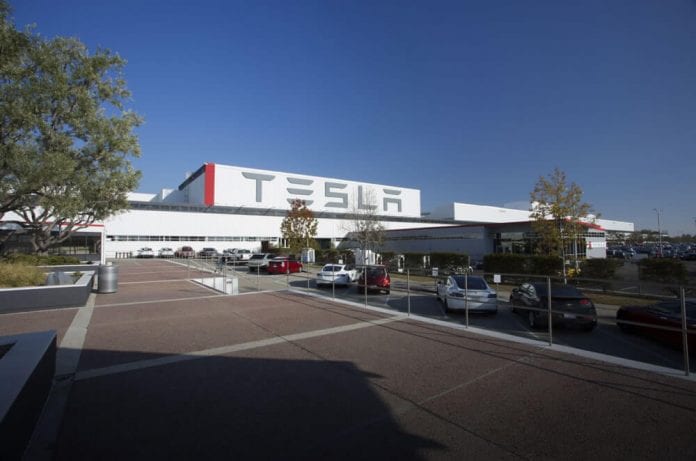Tesla Motors Inc (NASDAQ:TSLA) has shaken up the auto industry with its electric cars, and from the look of things, it’s about to shake the metal industry too. Tesla manufactures battery-operated vehicles, of which the batteries have lithium in them. Therefore the company together with other electric car makers, have been gobbling up the lightweight material which some refer to as ‘white petroleum.’ Lithium is needed for its use in lithium-ion batteries therefore it is definitely a necessity in electric cars.
Compared to their price in 2015, lithium carbonate prices rose 47 percent in the first quarter. Even back in 2015 when most metals where failing on the market, lithium still increased by 28 percent. The data is according to data provider Benchmark Mineral Intelligence.
With the increased rise in electric cars, orders of the metal do not show signs of waning down. Goldman Sachs Group Inc. gave a report which revealed that the demand for lithium could potentially triple by year 2025 to 570,000 tons. The main pushers of the increased production would be electric cars and smartphones.
Tesla’s appetite for the metal has been getting attention, even though it is not the only consumer of the lightweight metal. The California based company said it expected to sell 500,000 cars by 2018 worldwide, and expects a 2024 production of 1 million vehicles. This is mainly due to the inexpensive Model 3 car they recently launched. At $35,000, the Model 3 is about half the price of the high end Model S Sedan. The company claims they have 400,000 orders of the car already.
And here comes the demand for lithium. Tesla CEO, Elon Musk said the production of 500,000 vehicles required an entire world’s lithium production. The company is also aiming at becoming the world’s largest lithium-ion battery producer. Goldman Sachs estimates that just one Tesla Model S car battery has more lithium than 10,000 smartphones combined.
Lithium, the lightest metal on the periodic table is massively plenty in the Earth’s crust. However it’s hard to dig up which presents problems to miners. Most of it is located in places that pose both technological and logistical challenges which makes it hard to extract the deposits. Chile, Argentina, and Australia have several primary lithium producing resources.
The metal is also not on the market so any prices are rather negotiated individually between the buyer and the contractor. Surprisingly China leads the demand for lithium at the moment because of its need to use electric buses and vehicles. One Chinese company, NextEV also mentioned their plans to manufacture electric cars next year is also a sign that lithium demand is just going to continue skyrocketing.
It’s not only lithium that is in need at the moment, something which analysts are calling the Tesla effect. Aluminum is also experiencing a demand because of its lightweight. It’s used for light weighting or as a substitute for steel such as in the Tesla Model S. Copper demand is also expected to rise due to the new electric cats to be manufactured. One electric car uses 60 kilograms of copper per vehicle, which is four times higher than that of a diesel car.
While there is a rise for some set of commodities, others are going down. Platinum and palladium, some essential metals for diesel cars might just see their demands drop. These metals have no use in battery powered vehicles.
With all the demand for lithium at the moment, analysts are concerned that if lithium extraction is pushed it might lead to an oversupply on the market. Some analysts said the market would be good for two to three years and after that it could just tip over to oversupply.
Global mining companies stated that they were looking at the lithium demand spike and would act accordingly if the chance arose. BHP Billiton Ltd CEO Andrew Mackenzie said the lithium market was still relatively small and was a market they would unlikely tap into.









